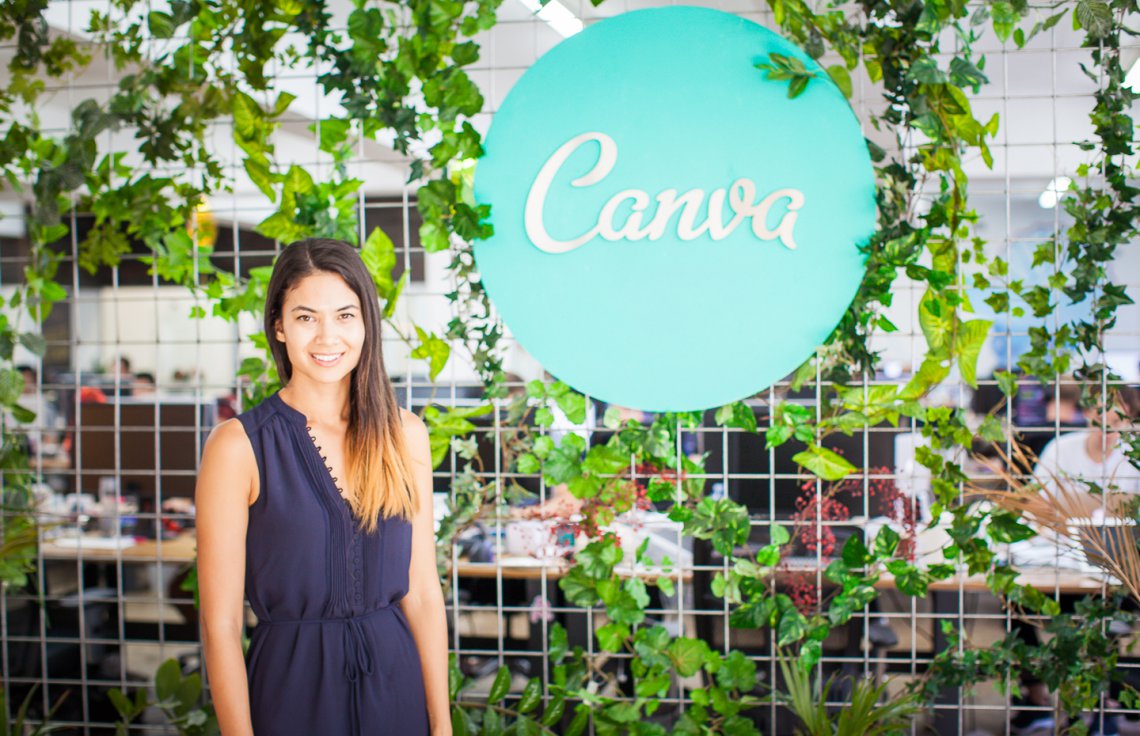If you work in or near the design world, chances are you're obsessed with Canva. But we've got news for you: the woman behind the company might just be cooler. Meet Melanie Perkins, big thinker, entrepreneur, major problem solver.
Before she was the founder we know today, Melanie was at university teaching Adobe Photoshop to beginners. As she watched them struggle to learn even the basics, she realized how difficult the programs were to grasp. Design software was complicated, with a daunting learning curve, and it was expensive. And for Melanie, this was unacceptable.
The fact that Canva has grown so rapidly since its inception is largely due to Melanie's ability to spot sticking points in industries and her dogged dedication to solving what she calls "real problems" through what we'll call a "sixth sense for innovation." Sensing that the future was online, Melanie conceived an alternative to the design programs she knew and didn't love, one that was simple and encouraged collaboration and one that was intuitive and useful, regardless of whether you had a background in design. Cue Canva. It's changed the way we approach design and made it easy for people with big ideas to actually turn them into reality without limitations.
Read on for Melanie's back story, plus her perspective on the state of design today.
Her Starting Point
Have you always had a passion for design? When did you start working in design, and how did that influence your work with Canva?
When I was at university I was teaching design programs, such as Photoshop and InDesign. They were difficult to learn, and I realized that in the future, design would look entirely different—it would be online, simple, and collaborative.
To take this idea and turn it into a company was a huge leap of faith. I didn’t know anything about software development, hiring people, marketing, accounting, anything much at all. But I think the early experience gave me the faith in myself to just get started anyway and trust that I'd be able to learn everything as I went.
We launched Canva in August 2012, and within the first month had more than 50,000 people sign up to use the platform. Now, two years later we’ve grown to 4 million users. It’s been incredibly popular with marketers, bloggers, graphic designers, and small businesses who need to create lots of visual content and struggle with the existing tools, and it’s been exciting to see it come together.
Canva was not your first entrepreneurial adventure, though. Walk us through the process of founding Fusion Books. What were your goals? What did you learn from the experience and how did that transition to creating Canva?
Fusion Books took the idea of a simple design tool and applied it to the niche market of school yearbooks. Over five years, my co-founder Cliff Obrecht and I grew Fusion Books into the largest yearbook company in Australia and expanded into France and New Zealand.
But we knew all along that the technology we had built could be applied much more broadly—that's how Canva was born. 4.5 million people now use Canva to design their marketing materials, documents, and social media graphics.
What was missing from the marketplace that spurred you to create Canva in the first place? What sets Canva apart from other competitor design tools?
The most important thing for a startup is to solve a real problem. To find something that is truly significant, a problem faced by lots of people. With Canva, the problem was that creating engaging, professional-looking graphic design was incredibly difficult unless you had expensive software and spent years studying.
You succeeded in becoming one of Australia’s largest early stage VC fundraisers, meeting with Silicon Valley entrepreneurs including the founder of Google Maps and Director of Engineering at Facebook, Lars Rasmussen. Can you walk us through the VC process? How did you prepare to pitch to potential investors?
Several years into running Fusion Books, I met investor Bill Tai in 2010 at a conference in Perth. He said he was interested in my startup and if I went to San Francisco he would have a meeting. Six months later I jumped on a plane. He introduced me to Google maps co-founder Lars Rasmussen. Together, they introduced me to a range of other investors.
Fast forward two years and hundreds of investor pitches later, and I was able to raise our seed round. It takes a long time to do anything as a startup. It took a long time to find our technical co-founder Cameron Adams, to raise funding, and to grow to the size we’re at now. You learn a lot along the way.

Her Big Break
Although headquartered in Sydney, Canva is an international business, with users all over the world. How did you expand internationally? Does working from Australia make any noticeable difference in terms of how you work?
Our largest market is already the US, but our team is very happily located in Sydney, Australia. Many of our investors are from the US, which has given us great connections there. In a way, we’ve been able to have the best of both worlds. There are incredibly talented people here, and we’ve got some great people working for Canva, who used to be at companies like Google. But most of our users are international. We have people using Canva in 179 countries. The US is the largest market.
Has anything surprised you about your line of work or being an entrepreneur? What is the best part of your job? The hardest? What skills are essential to being an entrepreneur?
Running Canva is the best job in the world. I love coming to work each day and figuring out how we can achieve the big vision we have.
Being an entrepreneur is an incredible path. It's challenging, it's a roller coaster, it's exhilarating, it's my dream job. I get to work with the smartest people I have ever met, get to invent, get to realize my vision.
My biggest piece of advice for any entrepreneur is to solve a real problem. If you find a problem that people care about, then it will make every other aspect of running a business much easier.
In a Forbes article, you mentioned Canva is on a “7-year plan to disrupt digital design,” a plan you expect to complete this year. Did you succeed?
Getting Canva off the ground has been difficult and taken a long time, more than six years. It was difficult starting our first company, Fusion Books and bootstrapping it to profitability, it was difficult getting investors to invest, it was difficult building a team, difficult to build our product. In fact, every stage has been an incredible challenge, but also an incredible adventure. My advice would be to just get started as you learn so much along the way.
We have only achieved 1% so far of where we think we can take Canva. Our vision is to enable people to take their idea and turn it into a design as seamlessly as possible. We think we have made some big steps in this direction already, but we are just getting started.
Part of the entrepreneurial journey means hearing “no” at times. How do you deal with setbacks or negative feedback?
Solve a problem that you feel passionately about and really believe should be solved. It’s taken over nine years from the initial idea to get Canva to where it is today. It’s a long journey, so make sure that you are solving a problem worth solving.
Don’t be afraid to jump in and get started. You can’t possibly know everything you need to know about starting and running a company before you start. If you are determined to solve a problem and passionate to learn everything as you go, that is enough. Take the first steps and the rest will, eventually, follow.

Her Perspective
How has design technology changed since you first started Canva? What adjustments have you made to keep up with these advancements and the competition?
While the last few years have seen the development of HTML5 and tablets, design programs haven’t caught up with the Web. Our objective with Canva from the start has been to enable people to get up to speed with Canva as quickly as possible. Thanks to the technology now available, we were able to build something that is really simple to use.
That’s why learning Canva only takes 23 seconds, literally. Everything has been designed to be intuitive to use. You search for what you want and drag straight into your design.
Why is it so important that design is accessible to everyone?
Social media has really increased the need for good design. Every brand now needs high-quality visuals. As a marketer, you need to be able to create great visuals quickly and easily. Individuals need to be able to design good-looking resumes and create a brand. Nonprofits need to be able to share their story through visual social media to raise funds and educate people about their cause. Everywhere you look, design has become more critical to communication.
You’ve mentioned the incredible value of networking in your career. What are your best networking tips? Why is it so important? How has networking influence Canva’s growth?
Learning from people who have walked the same path as you is incredibly important, as there are so many lessons that you can learn without having to make each and every mistake.
While it may be difficult to have a ‘coffee’ with a lot of people you wish to learn from—there are a huge number of blogs that you can read (check out www.paulgraham.com and The Venture Hacks Bible), books (I’m currently reading Laszlo Bock’s Work Rules and love the book Designing the Obvious by Robert Hoekman Jr), podcasts, and conferences. You will be able to absorb a wealth of knowledge from these free or inexpensive sources.
If you do get a meeting with someone that can help you, try to be succinct and respectful of their time. See if there is a way you can help them in return. If you are looking to raise funds, to avoid getting a hard ‘no’, ask for advice, take the advice on board and then go back three to six months later showing great results. Showing that you do what you say you are going to do is really important, and surprisingly uncommon.
And finally, what do you wake up looking forward to? What's next for your career?
I would definitely say out of those three it would be the huge opportunity we are pursuing at Canva, a complete transformation of the design and desktop publishing industry.
I knew as I was teaching students to use incredibly complex design software that the industry was ready and ripe for a huge change. The vision we have at Canva is making design accessible to everyone. We launched two years ago and are now used by more than 4.5 million people. Every day we are hearing from educators, corporates, small businesses and not-for-profits about how Canva has opened up a new world of design to them.
This is so amazing to hear and what really gets me excited is how we can reach more people who will benefit from using Canva.
You May Also Like
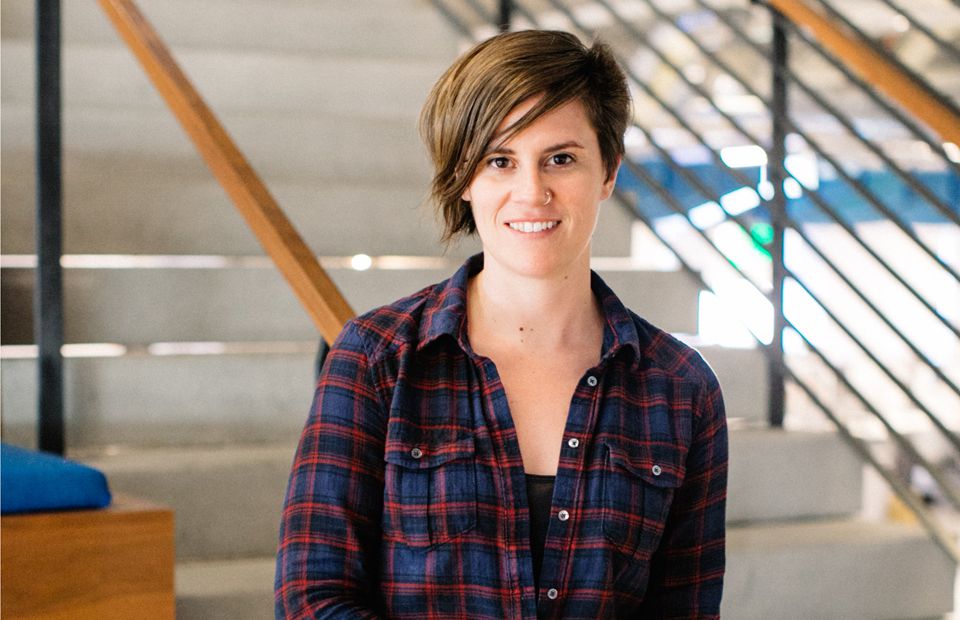
Media
How to Use Positive Reinforcement at Work—and Other Advice from a Pandora PM
"My advice to anyone who wants to get into product management is: check your ego at the door."
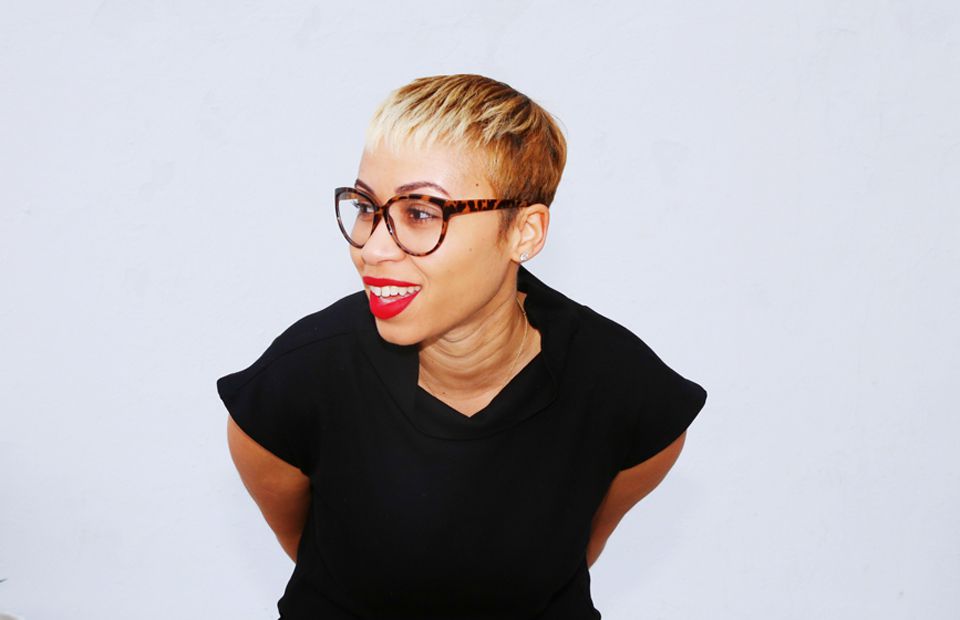
Media, Communications + Public Relations
How to Take Risks, Make a Switch, and Find a Career You Love—From a Woman Who's Done It 4 Times
Making your wildest dreams come true starts with understanding yourself—and Ahyiana Angel can help.
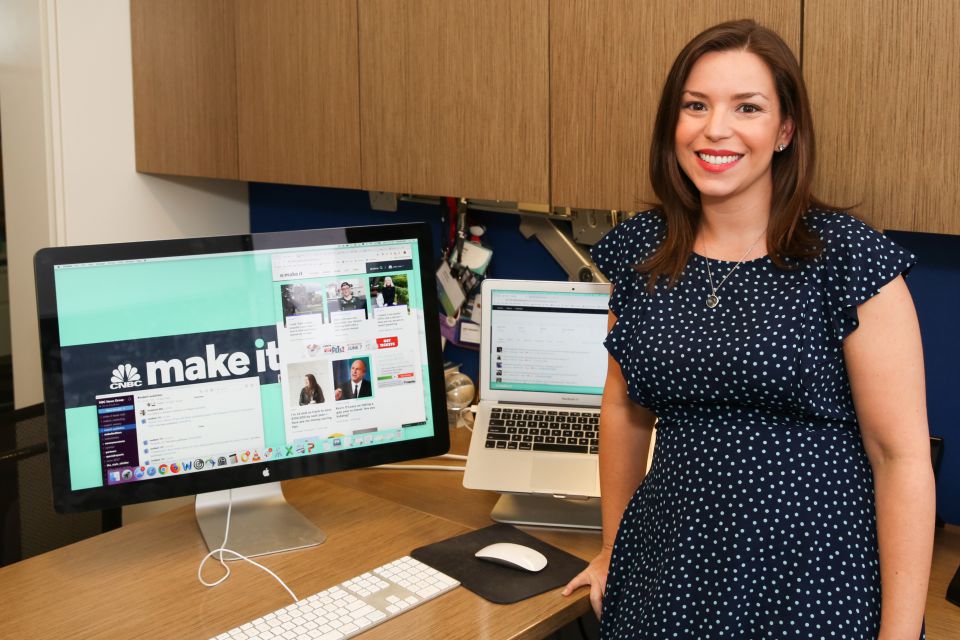
Communications + Public Relations
Creating Content That Empowers Audiences with CNBC's Digital VP and Managing Editor
This week, we interviewed Jenna Goudreau, the VP and managing editor of CNBC Digital. Let's learn how she keeps her powerhouse content creation machine going.
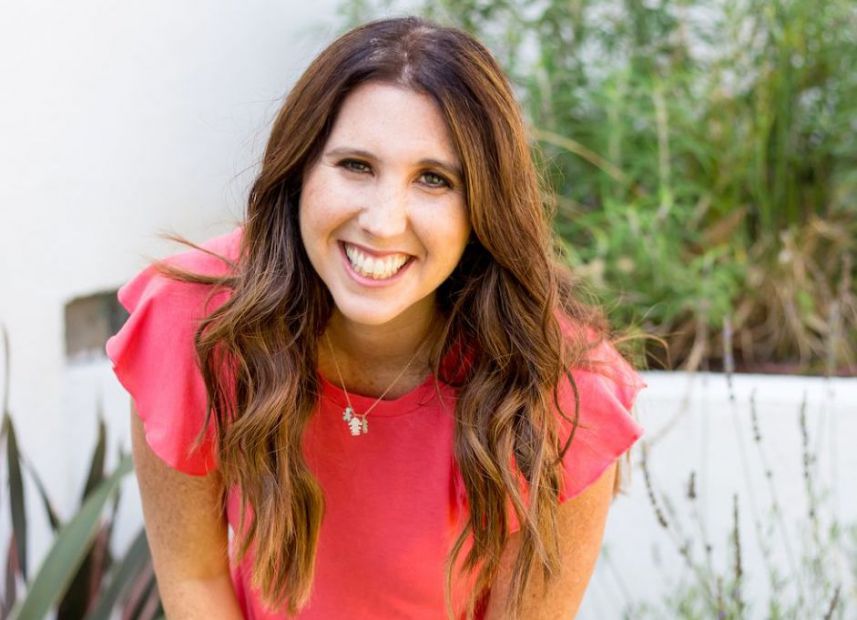
Entertainment
Working Creatively From Home with Cathy Heller
Cathy Heller is a singer, songwriter, entrepreneur, mother—and now, an author. Determined to lift others up to the "happiest versions of themselves," this queen of the hyphenated job title, leads by example. She shared how to build a fulfilling career in a creative field—all while working from home.
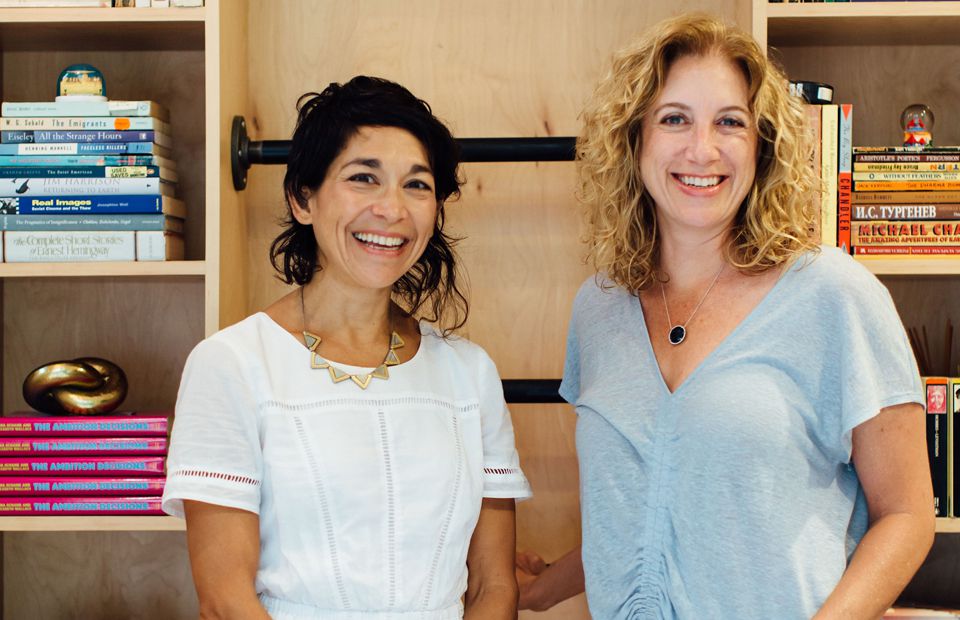
Media
Women, Work, and What It's Like to Write With Your Best Friend—From the Authors of The Ambition Decisions
"We should all give ourselves permission to challenge the things we think can’t be challenged."
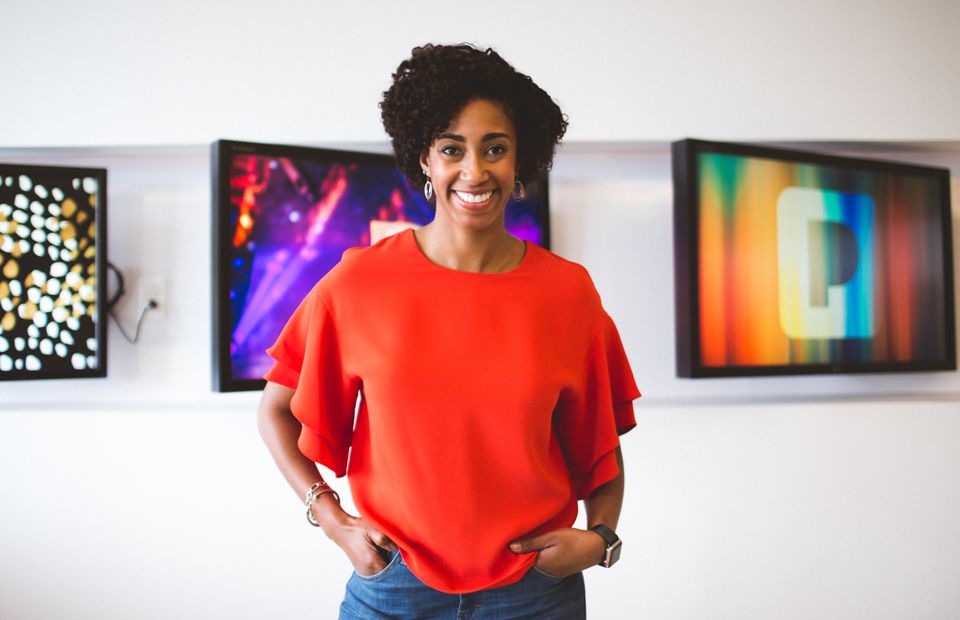
Media
A Director at Pandora on Staying Present, Celebrating Others, and Learning From Failure
"Share your wins, but most importantly, share what your growth areas are, share when you fail, share how you bounced back."
Get the Best Career Advice Delivered To Your Inbox
Join our newsletter to stay in the loop.
